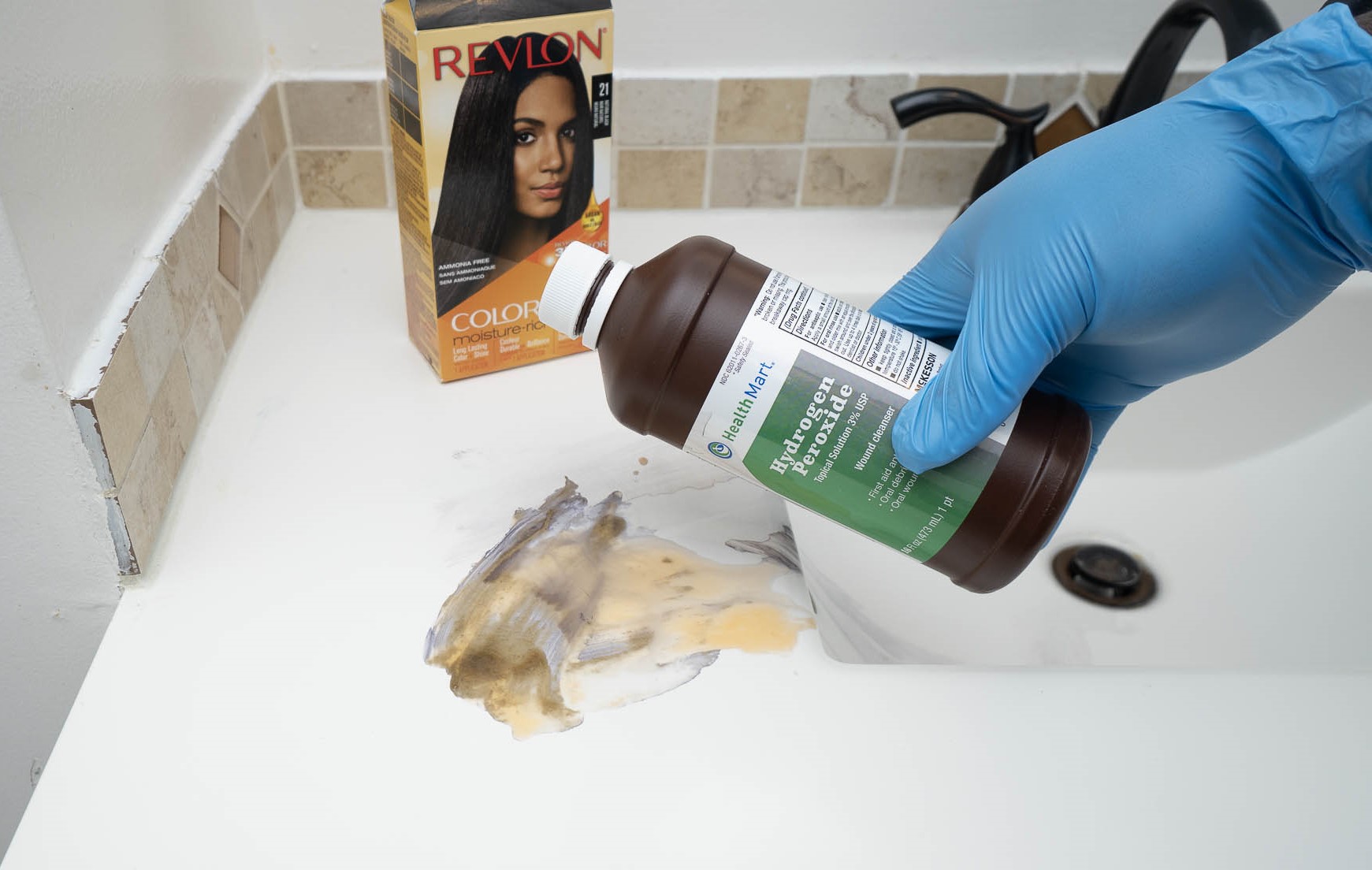

Articles
How To Get Hair Dye Off Sink
Modified: April 22, 2024
Looking for articles on how to remove hair dye stains from your sink? Check out our step-by-step guide for effective solutions to get rid of those stubborn stains.
(Many of the links in this article redirect to a specific reviewed product. Your purchase of these products through affiliate links helps to generate commission for Storables.com, at no extra cost. Learn more)
Introduction
Hair dye stains on the sink can be a frustrating and unsightly problem to deal with. Whether you’ve accidentally spilled dye while coloring your hair or the residue has built up over time, removing these stains can seem like a daunting task. However, with the right techniques and supplies, you can effectively get hair dye off your sink and restore its pristine condition. In this article, we will explore various methods and tips to help you tackle those stubborn hair dye stains.
Before diving into the cleaning process, it’s essential to understand the nature of hair dye stains. Most hair dyes contain pigments that penetrate the hair shaft, and these pigments can also adhere to surfaces like porcelain, ceramic, or plastic. Depending on the type of dye, the surface material, and the length of time the stain has been there, the removal process may vary.
When starting the cleaning process, it’s important to take some precautions. First, make sure to put on gloves and work in a well-ventilated area. Some cleaning agents and methods can be harsh or produce fumes, so protecting yourself is crucial. Additionally, test the cleaning solution in a small, inconspicuous area of the sink to ensure it doesn’t cause any damage or discoloration.
Now that we’ve covered the basics, let’s gather the supplies needed to get started. Having the right tools and products on hand will make the cleaning process more efficient and effective.
Key Takeaways:
- Say goodbye to stubborn hair dye stains on your sink by using household items like baking soda, vinegar, and toothpaste. With the right methods and patience, you can restore your sink to its pristine condition.
- Protect yourself and your sink by taking precautions and using gentle cleaning methods to remove hair dye stains. From baking soda to commercial cleaners, there’s a solution for every sink material and stain severity.
Read more: How To Get Hair Dye Off Vanity
Understanding Hair Dye Stains
Hair dye stains can be stubborn and difficult to remove, especially if they have been allowed to dry or set into the surface of the sink. Understanding the nature of hair dye stains and the factors that contribute to their stubbornness can help you choose the most effective cleaning method.
One of the main factors that make hair dye stains challenging to remove is the strong pigments used in hair dyes. These pigments are specifically formulated to penetrate the hair shaft and create long-lasting color. When hair dye comes into contact with a sink or countertop, some of these pigments can transfer onto the surface, leaving behind a stubborn stain.
The porosity of the sink material also plays a role in the difficulty of removing hair dye stains. Porous materials such as unsealed granite, marble, or grout can absorb the dye pigments, making the stains even more challenging to remove.
Another factor to consider is the time it takes for the stain to set. If the hair dye stain is not promptly cleaned, it can dry and adhere to the surface, making it more resistant to removal. It’s important to address hair dye stains as soon as possible to increase the chances of successful removal.
Additionally, the type of hair dye used can affect the stain’s intensity and tenacity. Some dyes contain stronger pigments that are more difficult to remove, while others may contain gentler formulas that are easier to clean up. It’s a good idea to check the specific instructions and recommendations provided by the hair dye manufacturer.
Now that we have a better understanding of the challenges posed by hair dye stains, let’s move on to the precautions you should take before diving into the cleaning process.
Precautions before Cleaning
Before you start the process of removing hair dye stains from your sink, there are a few precautions you should take to ensure a safe and effective cleaning experience.
First and foremost, it’s important to protect yourself. Hair dye stains can be stubborn, and the cleaning agents used to remove them can be harsh. Always wear gloves to protect your hands from direct contact with the cleaning solutions. Additionally, consider working in a well-ventilated area to avoid inhaling any fumes that may be produced during the cleaning process.
Another crucial precaution is to test the cleaning solution on a small, inconspicuous area of the sink before applying it to the stain. This will help you determine if the cleaning solution is safe to use and if it will cause any damage or discoloration to the sink material. Some cleaning agents may be too abrasive for certain surfaces, so it’s essential to do a patch test first.
If you’re dealing with a hair dye stain on a porous surface such as granite or marble, exercise extra caution. These materials are more susceptible to absorbing the dye pigments, making the stain more difficult to remove. It may be necessary to consult a professional or seek advice from the manufacturer to ensure the best approach for your specific sink material.
When applying the cleaning solution, always follow the instructions provided by the manufacturer. Avoid using excessive force or scrubbing too vigorously, as this can damage the sink surface. Instead, apply gentle pressure and let the cleaning solution work its magic, giving it enough time to break down the stain.
Lastly, always rinse the sink thoroughly after cleaning to remove any residue or cleaning solution. Leaving behind cleaning agents can result in a sticky or greasy film on the sink, which can attract dirt and make it more difficult to keep clean in the future.
Now that we’ve covered the necessary precautions, let’s move on to the supplies you’ll need to effectively remove hair dye stains from your sink.
Supplies Needed
Before you begin the process of removing hair dye stains from your sink, it’s important to gather the necessary supplies. Having the right tools and products on hand will make the cleaning process more efficient and effective. Here are the supplies you’ll need:
- Gloves: Disposable gloves will protect your hands from direct contact with the cleaning agents.
- Protective clothing: Wearing old or protective clothing can help prevent staining in case of any accidental spills or splatters.
- Microfiber cloth or sponge: These soft and absorbent tools are ideal for gentle cleaning without scratching the sink surface.
- Baking soda: This versatile household ingredient works well as a gentle abrasive cleaner and odor neutralizer.
- Vinegar: White vinegar is a natural cleaning agent that can help break down stains and remove odors.
- Dish soap: Mild dish soap is effective in cutting through grease and grime on the sink surface.
- Hydrogen peroxide: Hydrogen peroxide is a powerful stain remover and can help lighten hair dye stains.
- Toothpaste: Non-gel toothpaste with mild abrasive properties can be used as an alternative gentle cleaner.
- Lemon juice: The acidity in lemon juice can help break down stains and remove discoloration.
- Bleach: Use bleach as a last resort for stubborn stains, but be cautious as it can damage certain sink materials.
- Magic Eraser: This melamine foam sponge works well for removing tough stains on various surfaces.
- Nail polish remover: Acetone-based nail polish remover can be effective in removing hair dye stains.
- Rubbing alcohol: Isopropyl alcohol can help dissolve and remove hair dye stains.
- Commercial cleaners: There are specific cleaners available on the market designed to remove hair dye stains from sinks. Read and follow the instructions on the product label.
It’s always a good idea to check the specific instructions and recommendations from the manufacturer of your sink to ensure that the cleaning supplies you choose are safe to use on the surface. Once you have gathered all the necessary supplies, you’re ready to start removing the hair dye stains from your sink using various methods, which we will explore next.
Method 1: Using Baking Soda and Vinegar
Baking soda and vinegar are common household ingredients that are not only effective for cooking and cleaning, but also for removing hair dye stains from sinks.
Here’s how you can use baking soda and vinegar to tackle those stubborn hair dye stains:
- Mix a paste: In a small bowl, combine baking soda with enough vinegar to create a paste-like consistency. The ratio should be around two parts baking soda to one part vinegar.
- Apply the paste: Using a microfiber cloth or sponge, apply the baking soda and vinegar paste directly onto the hair dye stain. Make sure to cover the entire stained area.
- Let it sit: Allow the paste to sit on the stain for about 10-15 minutes. This will give the mixture enough time to penetrate and break down the dye pigments.
- Scrub gently: After the desired time has passed, gently scrub the stain using circular motions. Use light pressure to avoid damaging the sink surface.
- Rinse thoroughly: Once you’ve scrubbed the stain, rinse the sink thoroughly with water to remove any residue. Use a clean microfiber cloth or sponge to wipe away any remaining paste.
- Repeat if necessary: If the stain persists, you can repeat the process until the dye stain is completely removed. Remember to test the baking soda and vinegar paste in a small area before applying it to the entire stain.
Baking soda acts as a gentle abrasive, while vinegar helps break down the dye pigments. This combination can effectively lift and remove hair dye stains from the sink surface. It’s important to note that this method may not work for all types of sinks or severe stains. If you have a sensitive or porous sink material, proceed with caution and test the mixture in a small area first.
Now that you’ve learned how to use baking soda and vinegar, let’s explore another method using dish soap and hydrogen peroxide to deal with hair dye stains.
Read more: How To Get Hair Dye Off Floor
Method 2: Using Dish Soap and Hydrogen Peroxide
Dish soap and hydrogen peroxide are effective cleaning agents that can be combined to create a potent solution for removing hair dye stains from sinks. Here’s how you can use these ingredients:
- Mix the solution: In a small bowl, combine a few drops of mild dish soap with hydrogen peroxide.
- Apply the solution: Using a microfiber cloth or sponge, apply the dish soap and hydrogen peroxide solution directly onto the hair dye stain. Ensure that the stained area is completely covered.
- Let it soak: Allow the solution to soak into the stain for about 10 minutes. This will help loosen the dye pigments and prepare them for removal.
- Gently scrub: After the designated time, gently scrub the stain using circular motions. Apply light pressure to avoid damaging the sink surface.
- Rinse thoroughly: Rinse the sink thoroughly with water to remove any residue from the cleaning solution. Use a clean microfiber cloth or sponge to wipe away any remaining stains or cleaning solution.
- Repeat if necessary: If the stain is still visible, you can repeat the process until the dye stain is completely removed. Remember to test the dish soap and hydrogen peroxide solution in a small area before applying it to the entire stain.
The dish soap works by cutting through grease and grime, while the hydrogen peroxide acts as a powerful stain remover and can help lighten hair dye stains. Together, they create a potent combination for tackling stubborn stains.
It’s important to note that hydrogen peroxide can have bleaching properties. Therefore, it’s essential to test the solution on a small, inconspicuous area of the sink before applying it to the entire stain. This will ensure that the cleaning solution doesn’t cause any unwanted discoloration or damage to the sink material.
Now that you’ve learned how to use dish soap and hydrogen peroxide, let’s explore another method using toothpaste and lemon juice to remove hair dye stains from sinks.
Method 3: Using Toothpaste and Lemon Juice
Toothpaste and lemon juice are common household items that can be an effective solution for removing hair dye stains from sinks. Here’s how you can use these ingredients:
- Mix the paste: Squeeze a small amount of non-gel toothpaste into a bowl. Add a few drops of lemon juice and mix well to create a paste.
- Apply the paste: Using a microfiber cloth or sponge, apply the toothpaste and lemon juice paste directly onto the hair dye stain. Ensure that the stain is covered completely.
- Let it sit: Allow the paste to sit on the stain for about 10-15 minutes. This will give the mixture enough time to break down the dye pigments and lift the stain.
- Gently scrub: After the designated time, gently scrub the stain using circular motions. Use light pressure to avoid scratching or damaging the sink surface.
- Rinse thoroughly: Rinse the sink thoroughly with water to remove any residue from the toothpaste and lemon juice mixture. Wipe away any remaining stains or cleaning solution using a clean microfiber cloth or sponge.
- Repeat if necessary: If the stain persists, you can repeat the process until the hair dye stain is completely removed. However, be cautious with delicate sink materials, as they may be scratched by toothpaste.
The mild abrasiveness of toothpaste helps in gently removing stains, while the acidic properties of lemon juice aid in breaking down the dye pigments. Together, they create a powerful and natural solution for tackling hair dye stains.
Remember to test the toothpaste and lemon juice mixture on a small, inconspicuous area of the sink before applying it to the stain. This will ensure that the cleaning solution does not cause any damage or discoloration to the sink material.
Now that you’ve learned how to use toothpaste and lemon juice to remove hair dye stains, let’s explore another method using bleach as a more aggressive approach for stubborn stains.
Use a mixture of baking soda and water to create a paste, then gently scrub the hair dye off the sink with a soft cloth or sponge. Rinse thoroughly with water.
Method 4: Using Bleach
When it comes to tackling stubborn hair dye stains on sinks, bleach can be a powerful solution. However, it’s important to proceed with caution, as bleach can be harsh and potentially damaging to certain sink materials. Here’s how you can use bleach to remove hair dye stains:
- Dilute the bleach: In a small container, mix a small amount of bleach with water. The ratio should be approximately 1 part bleach to 10 parts water.
- Apply the solution: Using gloves and a sponge, carefully apply the diluted bleach solution directly onto the hair dye stain. Make sure to cover the stained area completely.
- Let it sit: Allow the bleach solution to sit on the stain for a few minutes. It’s important not to let it sit for too long, as bleach can cause damage and discoloration if left for an extended period.
- Rinse thoroughly: Rinse the sink thoroughly with water to remove any bleach residue. Make sure to rinse multiple times to ensure that all bleach has been removed.
- Repeat if necessary: If the stain persists, you can repeat the process. However, it’s important to exercise caution when using bleach, especially on sensitive or porous sink materials.
It’s vital to note that not all sink materials are suitable for bleach. Bleach can cause discoloration and damage to materials such as natural stone, stainless steel, or colored sinks. Before using bleach, check the manufacturer’s recommendations or consult a professional to ensure it is safe for your specific sink material.
Additionally, be sure to use bleach in a well-ventilated area and wear protective gloves to avoid direct contact with the bleach solution. Take extra care to avoid splashing or spilling bleach on surrounding surfaces.
If the hair dye stain is particularly stubborn and bleach is not recommended for your sink material, it’s best to explore alternative methods or seek professional help to avoid causing any damage.
Now that you’ve learned how to use bleach for removing hair dye stains, let’s move on to method 5, which involves using a Magic Eraser for effective stain removal.
Method 5: Using Magic Eraser
When it comes to removing hair dye stains, Magic Eraser is a handy tool that can work wonders. This melamine foam sponge is known for its ability to remove tough stains and marks from various surfaces. Here’s how you can use a Magic Eraser to tackle hair dye stains on your sink:
- Wet the Magic Eraser: Before using the Magic Eraser, wet it thoroughly with water.
- Gently scrub the stain: Start by gently scrubbing the hair dye stain on the sink using the damp Magic Eraser. Apply light pressure and use circular motions to remove the stain effectively.
- Continue scrubbing: If the stain is stubborn, continue scrubbing with the Magic Eraser. You may need to wet it again if it dries out during the process.
- Rinse thoroughly: Rinse the sink with water to remove any residue left by the Magic Eraser. Wipe away any remaining stains or cleaning solution using a clean cloth.
- Repeat if necessary: If the stain persists, you can repeat the process. Magic Erasers are known for their effectiveness on tough stains, but be cautious and test it on a small area of the sink before applying it to the entire stain.
Magic Erasers work by gently abrading the surface and lifting away stains. They are effective on a wide range of materials, including porcelain, ceramic, and plastic sinks. However, note that Magic Erasers may be too abrasive for some delicate sink materials, so it’s crucial to test it first in an inconspicuous area.
Remember to always follow the instructions provided by the manufacturer and use the Magic Eraser as directed. Additionally, be aware that continued use or aggressive scrubbing with a Magic Eraser can potentially dull the shine of certain sink finishes over time.
Now that you’ve learned how to use a Magic Eraser, let’s explore another method using nail polish remover to tackle hair dye stains on sinks.
Read more: How To Take Hair Dye Off A Bathtub
Method 6: Using Nail Polish Remover
If you’re dealing with stubborn hair dye stains on your sink, nail polish remover can be a useful solution. Here’s how you can use nail polish remover to remove hair dye stains:
- Check the ingredients: Look for nail polish removers that contain acetone, as it is the active ingredient that helps break down the hair dye pigment.
- Apply the nail polish remover: Moisten a cotton ball or pad with nail polish remover.
- Gently rub the stain: Using the moistened cotton ball or pad, gently rub the hair dye stain on the sink surface. Apply light pressure and use circular motions.
- Continue rubbing: If the stain is persistent, continue to rub the area with the nail polish remover. Be sure to avoid excessive scrubbing that could damage the sink’s surface.
- Rinse thoroughly: Once the stain has been lifted, rinse the sink thoroughly with water to remove any residue from the nail polish remover.
- Repeat if necessary: If the stain is still visible, you can repeat the process. However, be careful not to overuse nail polish remover, as it can be drying to certain sink materials.
It’s important to note that nail polish remover should be used with caution, as it contains acetone, which can be harsh and potentially damaging to certain sink materials. Before using nail polish remover, check the manufacturer’s recommendations or consult a professional to ensure it is safe to use on your specific sink material.
Additionally, it’s essential to test the nail polish remover in a small, inconspicuous area of the sink before applying it to the entire stain. This will help you determine any adverse reactions or potential damage before proceeding with the removal process.
Now that you’ve learned how to use nail polish remover, let’s move on to Method 7, which involves using alcohol as a solution for removing hair dye stains from sinks.
Method 7: Using Alcohol
If you’re looking for an alternative solution to remove hair dye stains from your sink, alcohol can be a useful option. Here’s how you can use alcohol to tackle those stubborn stains:
- Choose the right alcohol: Isopropyl alcohol, commonly known as rubbing alcohol, is often the most effective choice for removing hair dye stains. Look for a high percentage of alcohol, preferably 90% or higher.
- Apply the alcohol: Moisten a cotton ball or pad with the alcohol.
- Gently dab or rub the stain: Using the alcohol-soaked cotton ball or pad, gently dab or rub the hair dye stain on the sink. Apply light pressure and work in circular motions.
- Continue dabbing or rubbing: If the stain persists, continue to dab or rub the area with the alcohol-soaked cotton ball or pad. Be cautious not to apply excessive force that could damage the sink’s surface.
- Rinse thoroughly: Once the stain has been lifted, rinse the sink thoroughly with water to remove any residue from the alcohol.
- Repeat if necessary: If the stain is still visible, you can repeat the process. However, be mindful of using excessive amounts of alcohol, as it can be drying to certain sink materials.
Alcohol works by breaking down the hair dye pigments, making it easier to remove them from the sink’s surface. It is generally safe to use on various materials such as porcelain, ceramic, and plastic. However, it’s always a good idea to test the alcohol in a small, inconspicuous area of the sink before applying it to the entire stain to avoid any unexpected damage or discoloration.
Remember to use alcohol in a well-ventilated area, as the fumes can be strong. Additionally, it’s important to keep alcohol away from open flames or heat sources, as it is highly flammable.
Now that you’ve learned how to use alcohol for removing hair dye stains, let’s explore Method 8, which involves using commercial cleaners specifically designed for hair dye stain removal.
Method 8: Using Commercial Cleaners
If you prefer a ready-made solution or if the previous methods haven’t been effective in removing hair dye stains from your sink, you may consider using a commercial cleaner specifically designed for hair dye stain removal. Here’s how you can use a commercial cleaner:
- Select a suitable commercial cleaner: Look for a commercial cleaner that is specifically formulated for removing hair dye stains from sinks. Read the product label to ensure it is safe to use on your sink material.
- Follow the instructions: Carefully read and follow the instructions provided by the manufacturer of the commercial cleaner. Pay attention to any safety precautions or recommendations.
- Apply the cleaner: Apply the commercial cleaner directly onto the hair dye stain, following the recommended amount or method of application. Ensure that the stained area is thoroughly covered.
- Let it sit: Allow the cleaner to sit on the stain for the recommended amount of time specified on the product label. This will give the cleaner enough time to loosen and break down the dye pigments.
- Gently scrub: After the designated time, gently scrub the stain using a sponge or cloth. Follow the instructions provided by the manufacturer, as different cleaners may require different techniques.
- Rinse thoroughly: Rinse the sink thoroughly with water to remove any residue from the commercial cleaner. Ensure that all traces of the cleaner have been removed.
- Repeat if necessary: If the stain persists, you may repeat the process as instructed by the manufacturer. Take note of any limitations or recommendations mentioned on the product label.
Commercial cleaners for hair dye stain removal are specifically designed to tackle tough stains and may provide excellent results. However, it’s essential to choose a cleaner that is compatible with your sink material and follow the instructions carefully for safe and effective use.
Always wear gloves and work in a well-ventilated area when using commercial cleaners. If you have any concerns or doubts about using a commercial cleaner, it’s advisable to consult the manufacturer or seek professional advice.
Congratulations! You’ve now explored various methods and techniques for removing hair dye stains from sinks. Choose the method that best suits your situation and the materials you have on hand. Remember to always test any cleaning solution or method on a small, inconspicuous area of the sink before applying it to the entire stain. With patience and persistence, you can effectively say goodbye to those unwanted hair dye stains and restore your sink’s pristine condition.
As a final step, always clean and maintain your sink regularly to prevent future hair dye stains. Proper care and attention will help keep your sink looking its best for years to come.
Conclusion
Dealing with hair dye stains on your sink can be frustrating, but with the right methods and supplies, you can effectively remove them and restore your sink’s pristine condition. Throughout this article, we explored various methods for removing hair dye stains, such as using baking soda and vinegar, dish soap and hydrogen peroxide, toothpaste and lemon juice, bleach, Magic Eraser, nail polish remover, alcohol, and commercial cleaners specifically designed for hair dye stain removal.
Before you start the cleaning process, remember to take precautions to protect yourself. Wear gloves, work in a well-ventilated area, and test the cleaning solution in a small area before applying it to the entire stain. This will ensure your safety and help prevent any damage to your sink.
Gather the necessary supplies, such as gloves, microfiber cloth or sponge, baking soda, vinegar, dish soap, hydrogen peroxide, toothpaste, lemon juice, bleach, Magic Eraser, nail polish remover, rubbing alcohol, and commercial cleaners. Having these tools and products on hand will make the cleaning process easier and more efficient.
Each method discussed in this article has its own unique benefits and considerations. It’s important to choose the method that is most suitable for your sink material and the severity of the stain. Be mindful of any potential risks or limitations associated with the method you choose.
Remember, patience is key. Some stains may require multiple attempts or a combination of methods to completely remove. Take your time and follow the instructions carefully for the best results.
Finally, once you have successfully removed the hair dye stain, remember to clean and maintain your sink regularly to prevent future stains. Keeping your sink clean and protected will ensure it stays in optimal condition and prolong its lifespan.
Now armed with the knowledge and techniques for removing hair dye stains from your sink, you can confidently tackle this issue whenever it arises. No longer will those unsightly stains mar the beauty of your sink. Say goodbye to stubborn hair dye stains and enjoy a clean and fresh sink!
Frequently Asked Questions about How To Get Hair Dye Off Sink
Was this page helpful?
At Storables.com, we guarantee accurate and reliable information. Our content, validated by Expert Board Contributors, is crafted following stringent Editorial Policies. We're committed to providing you with well-researched, expert-backed insights for all your informational needs.

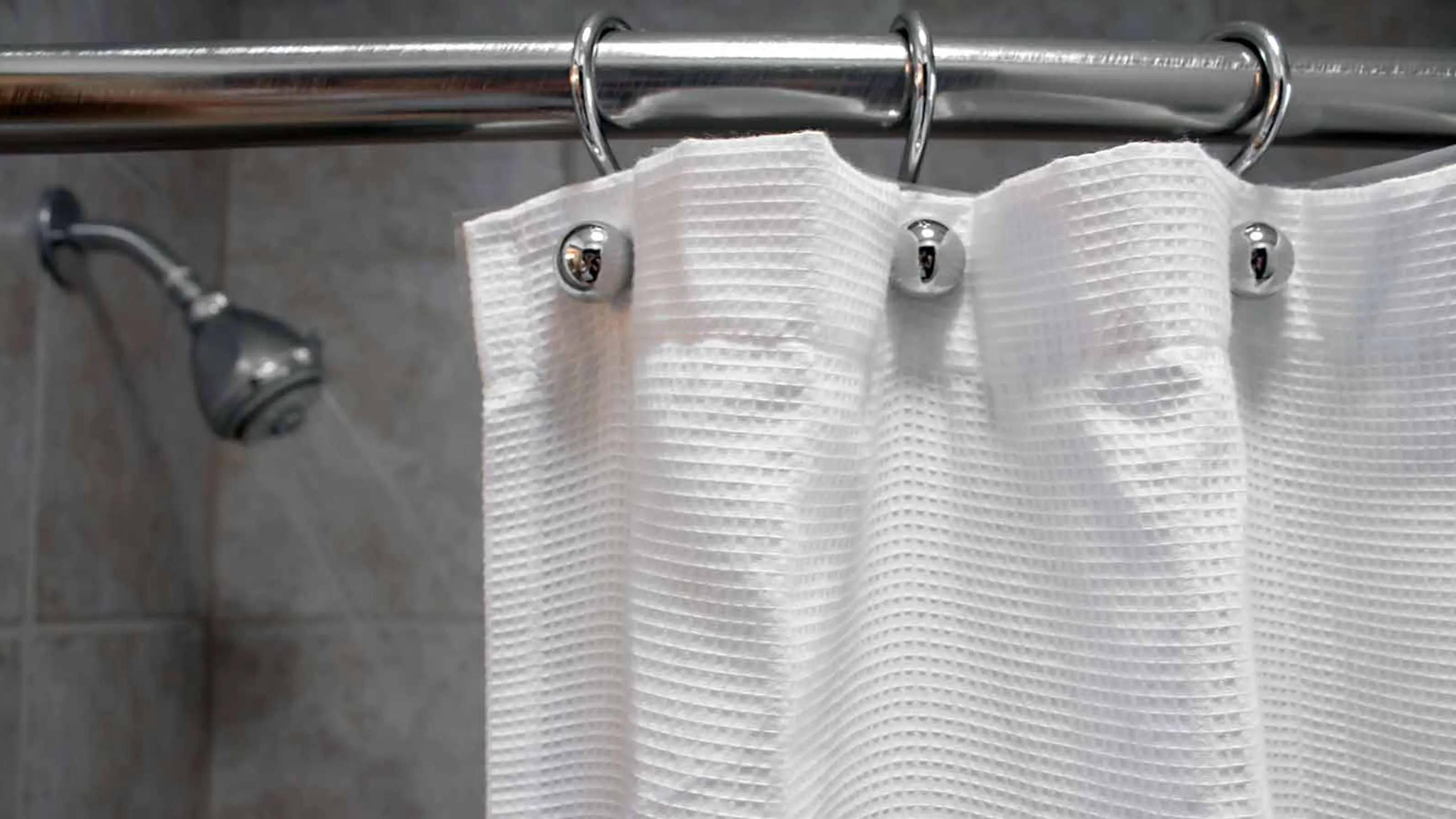
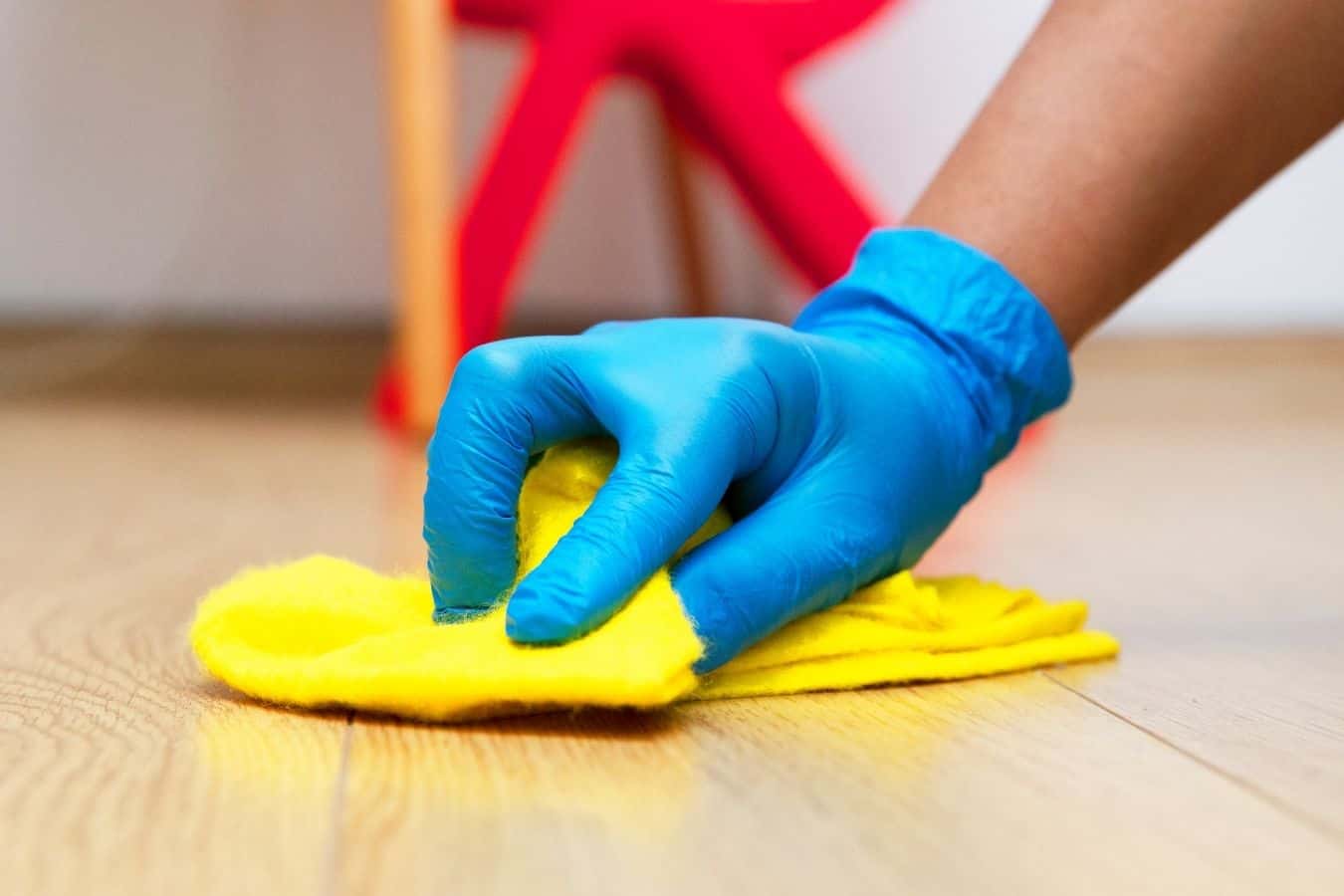
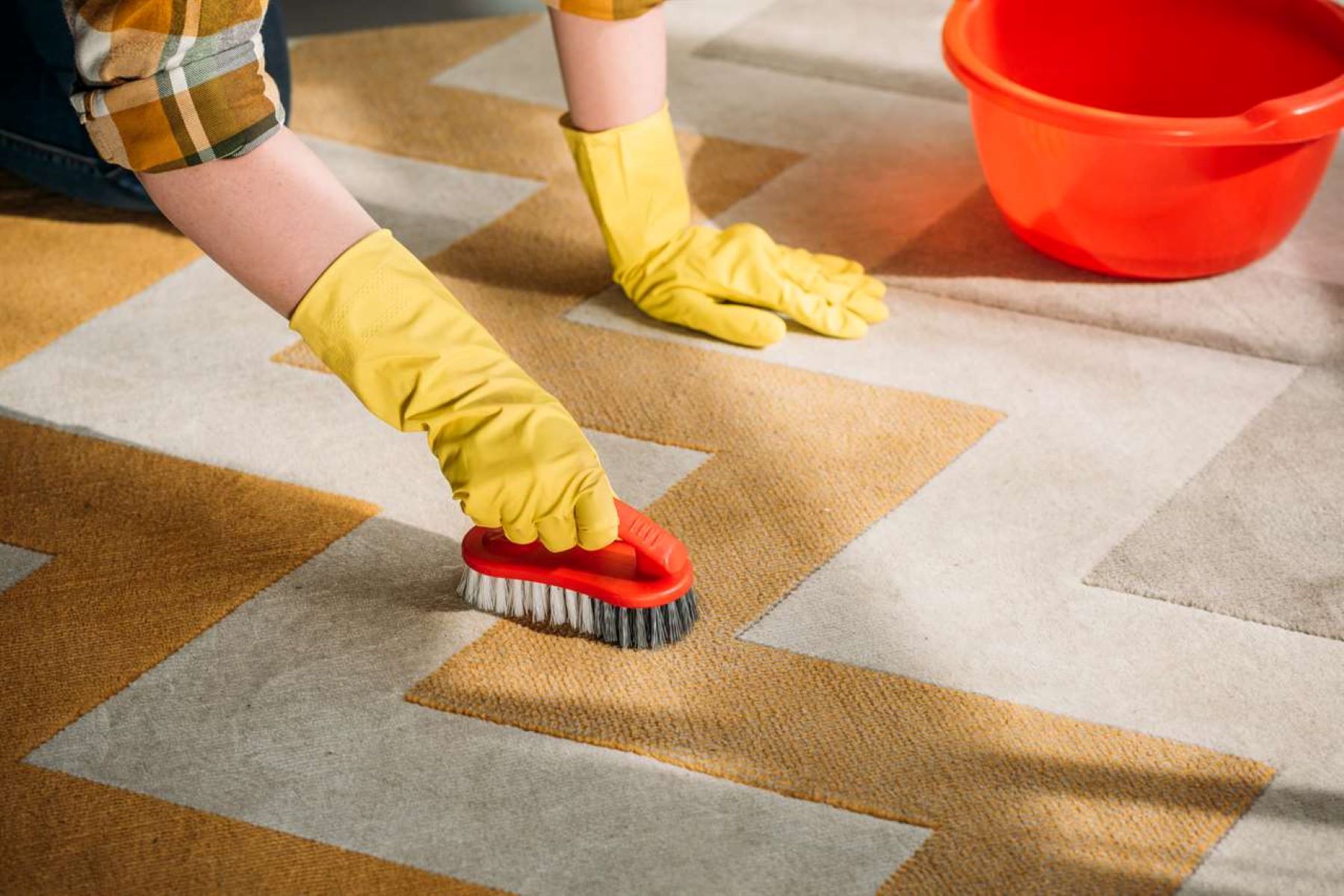
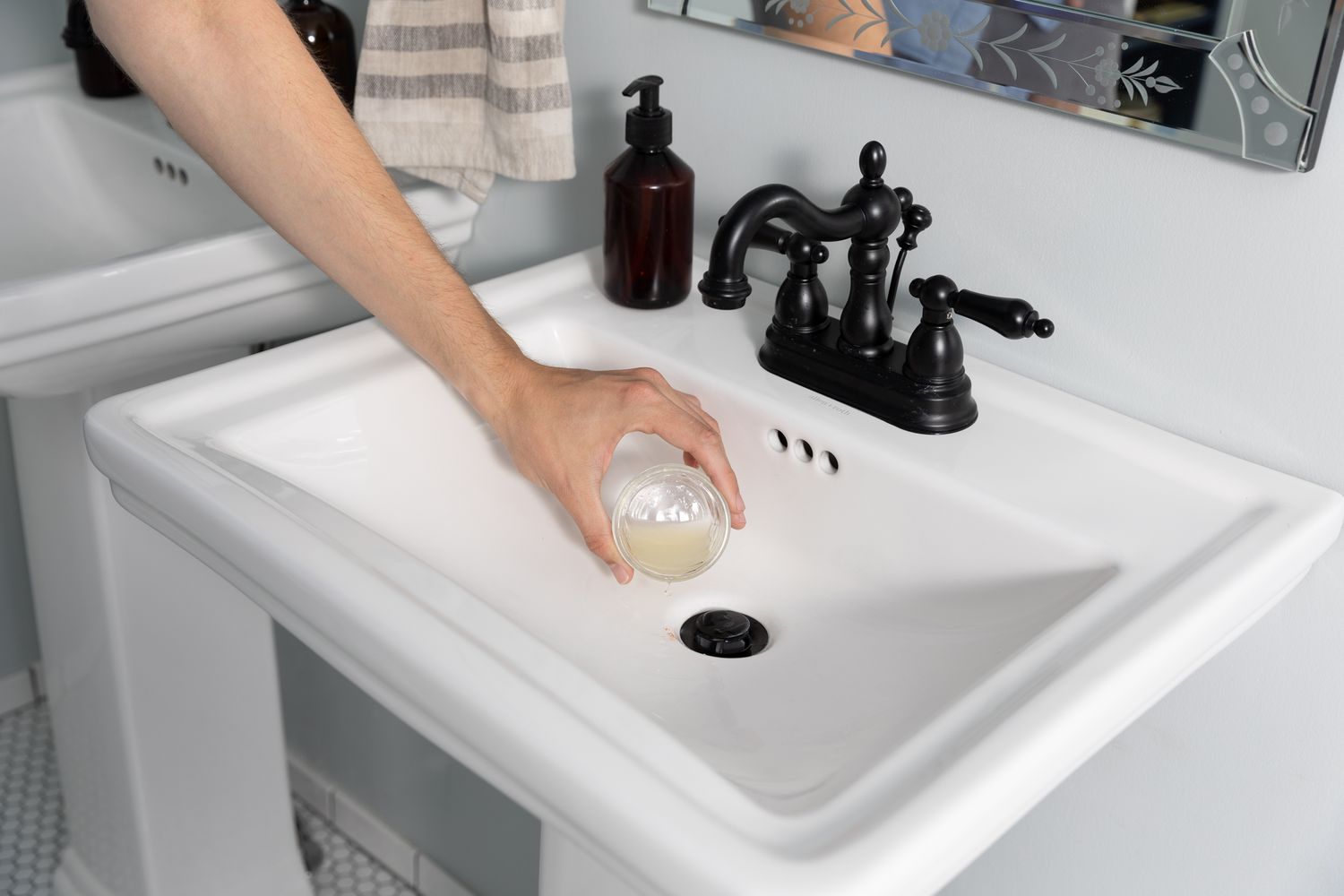
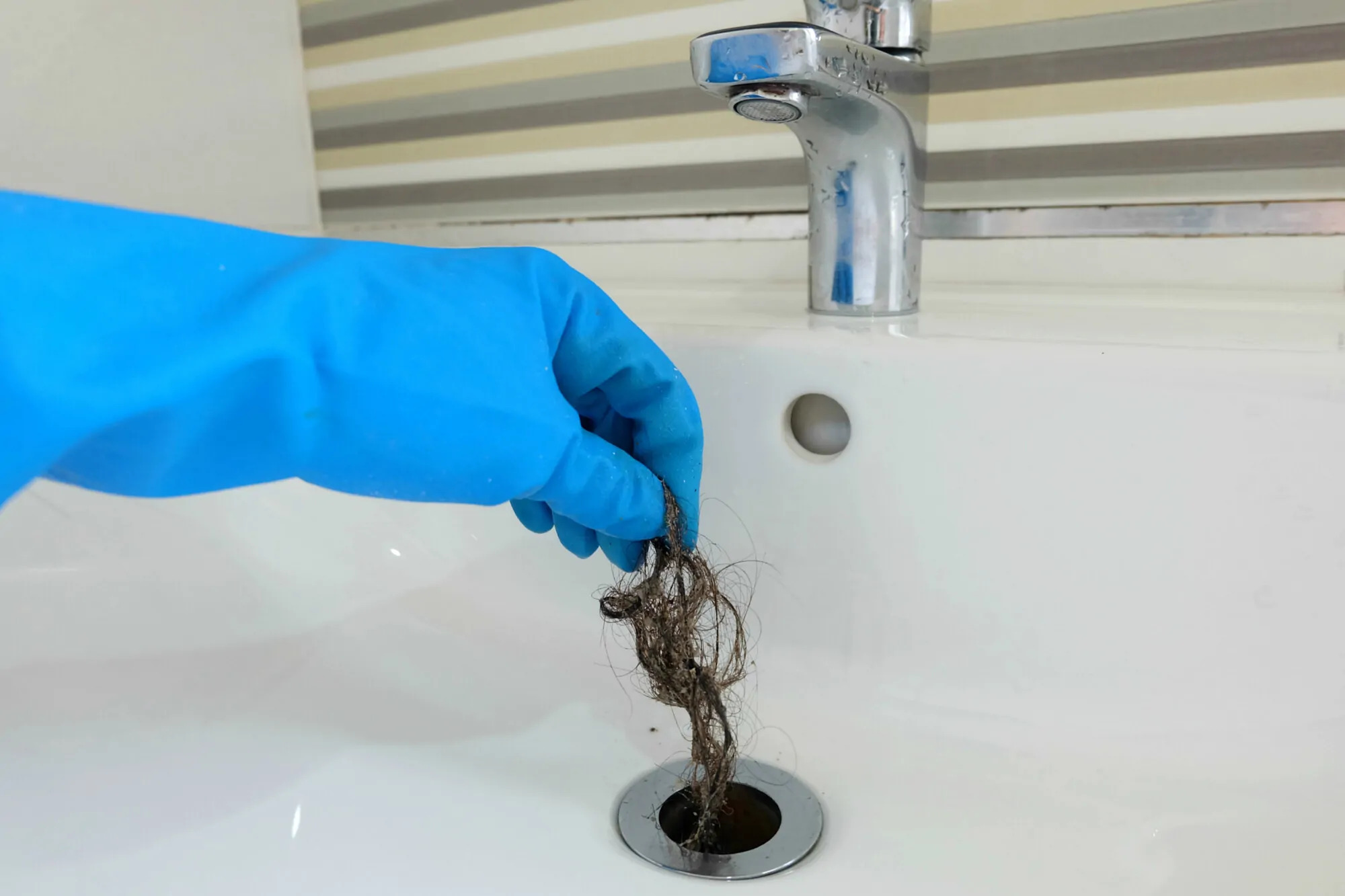
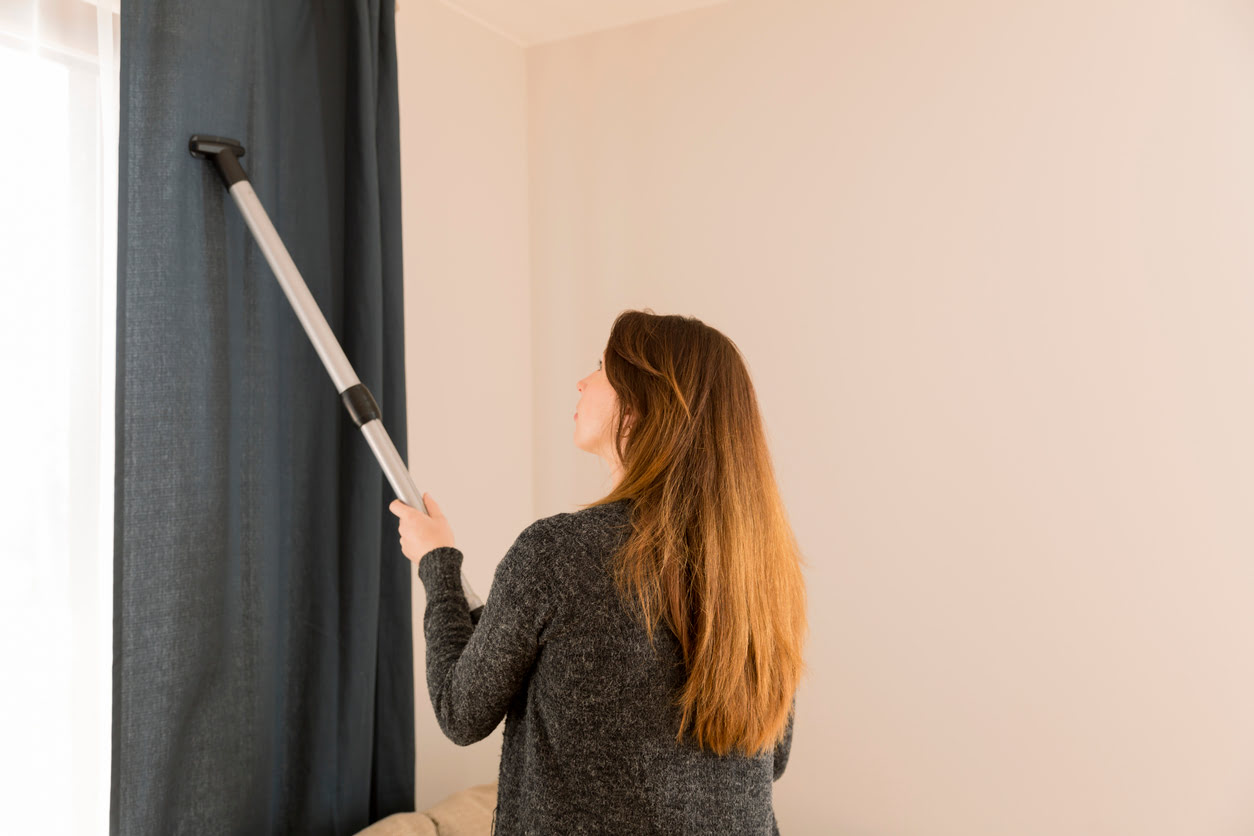
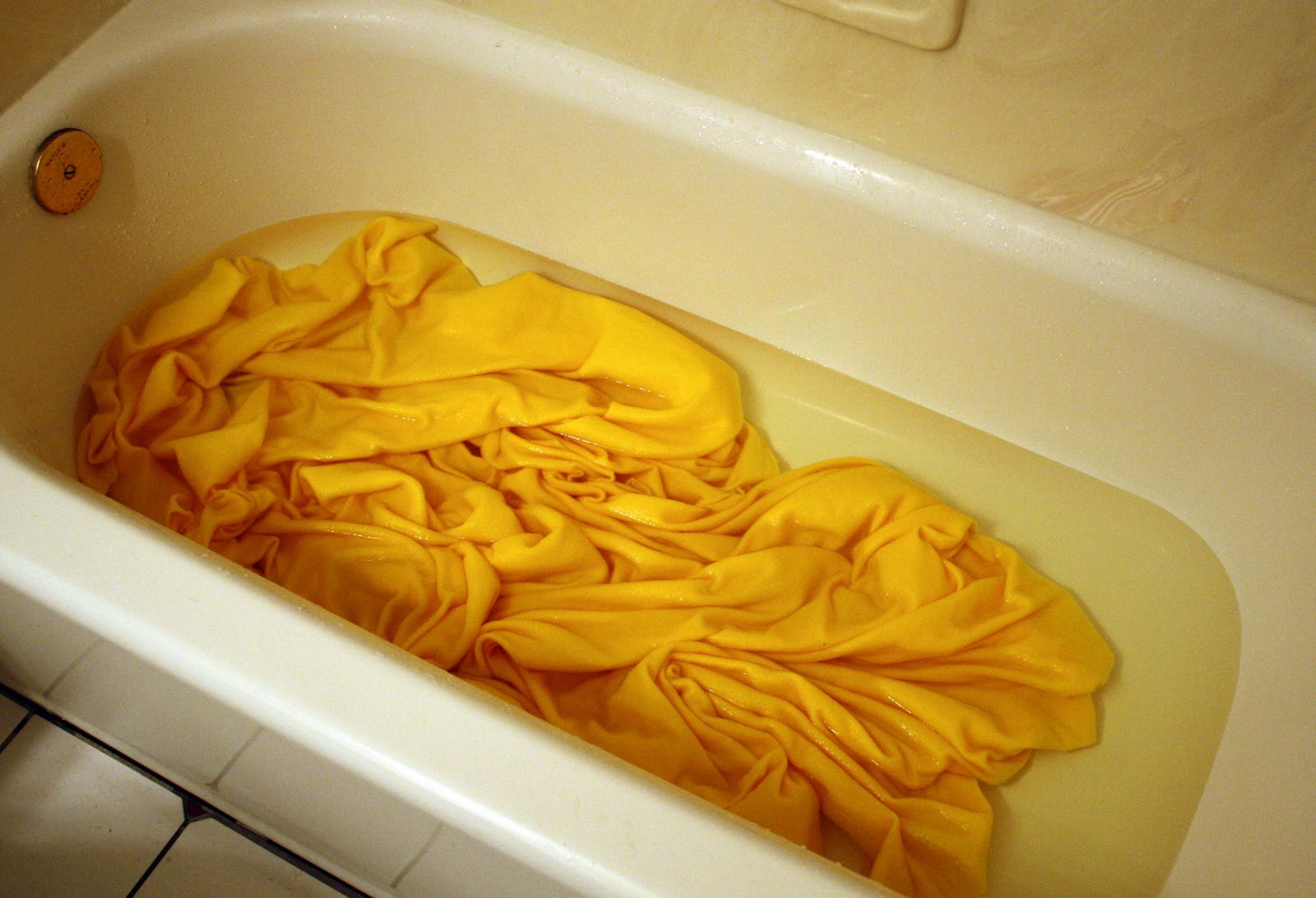
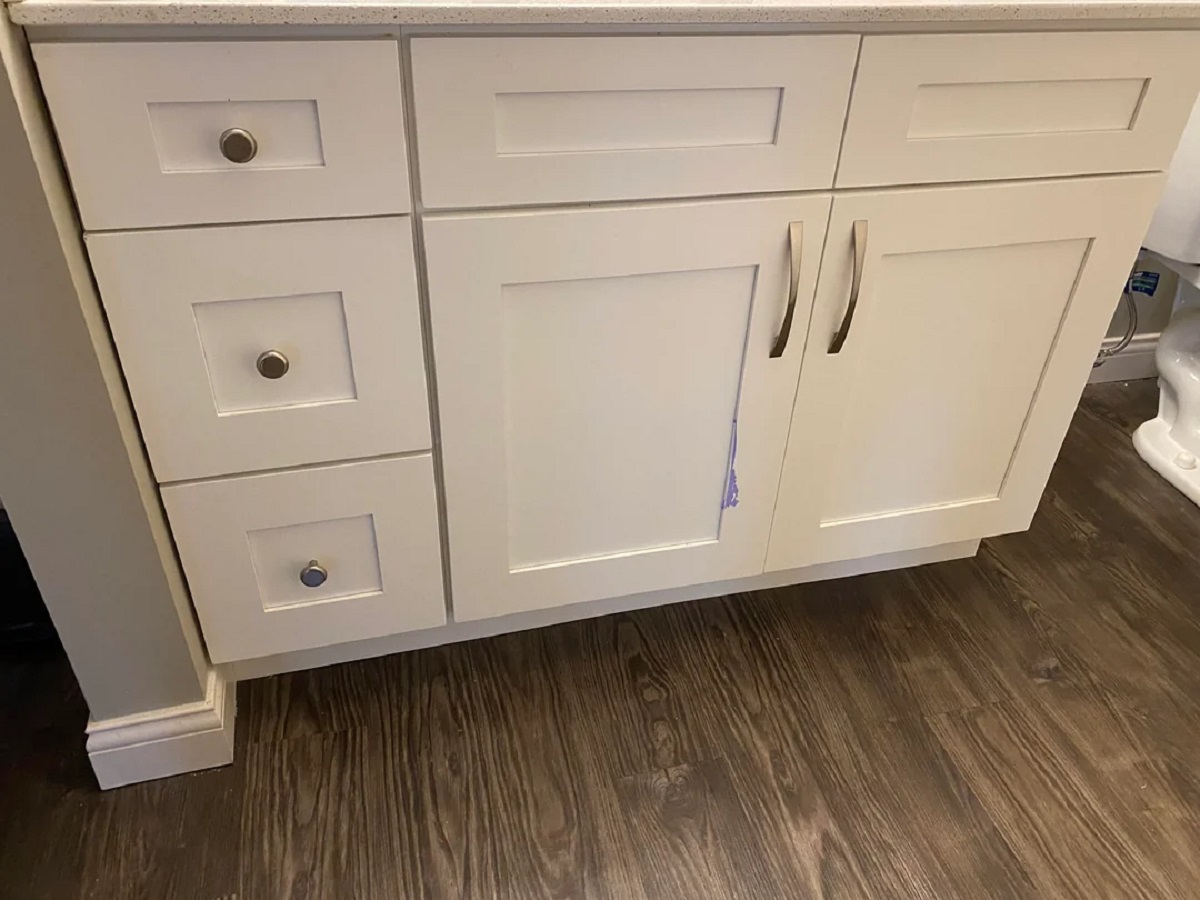
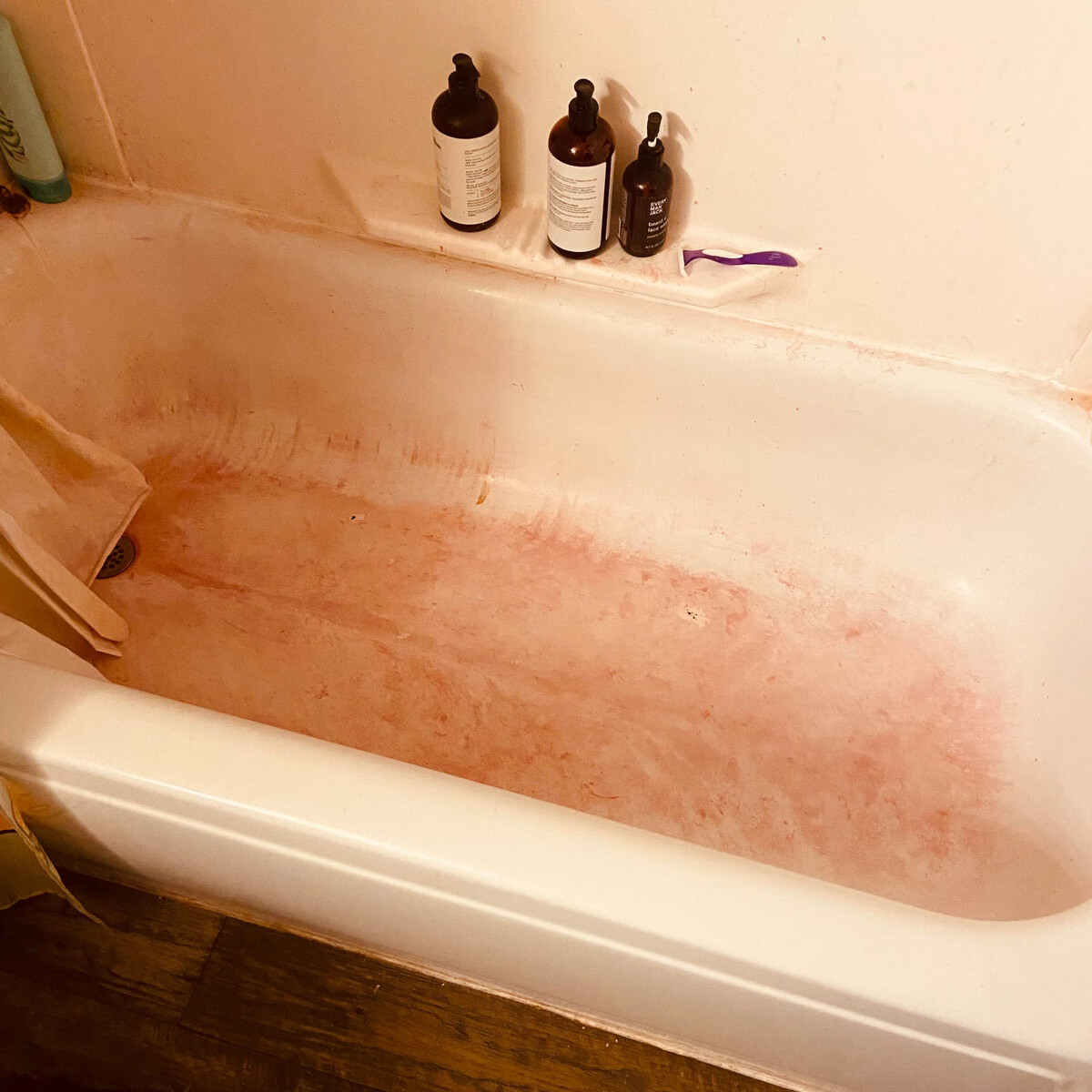
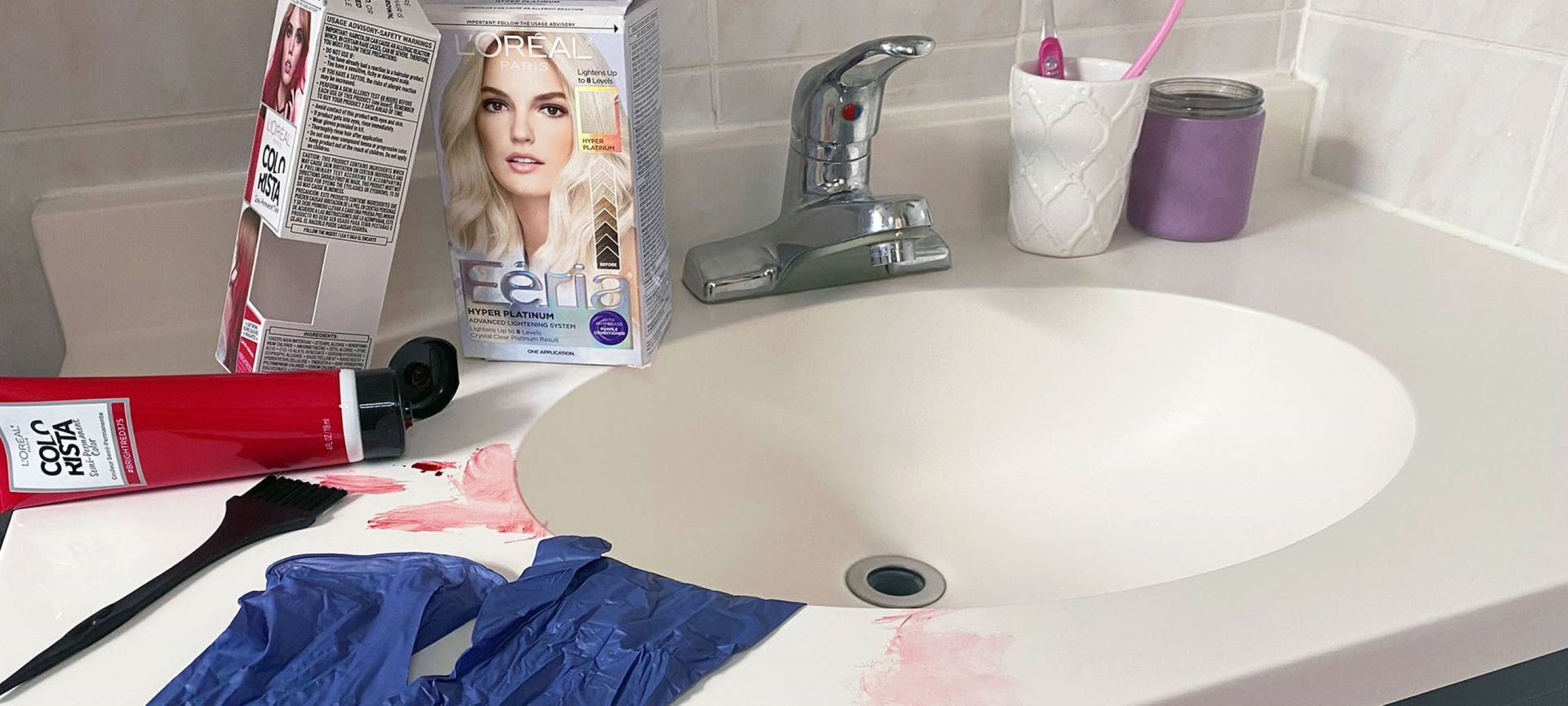
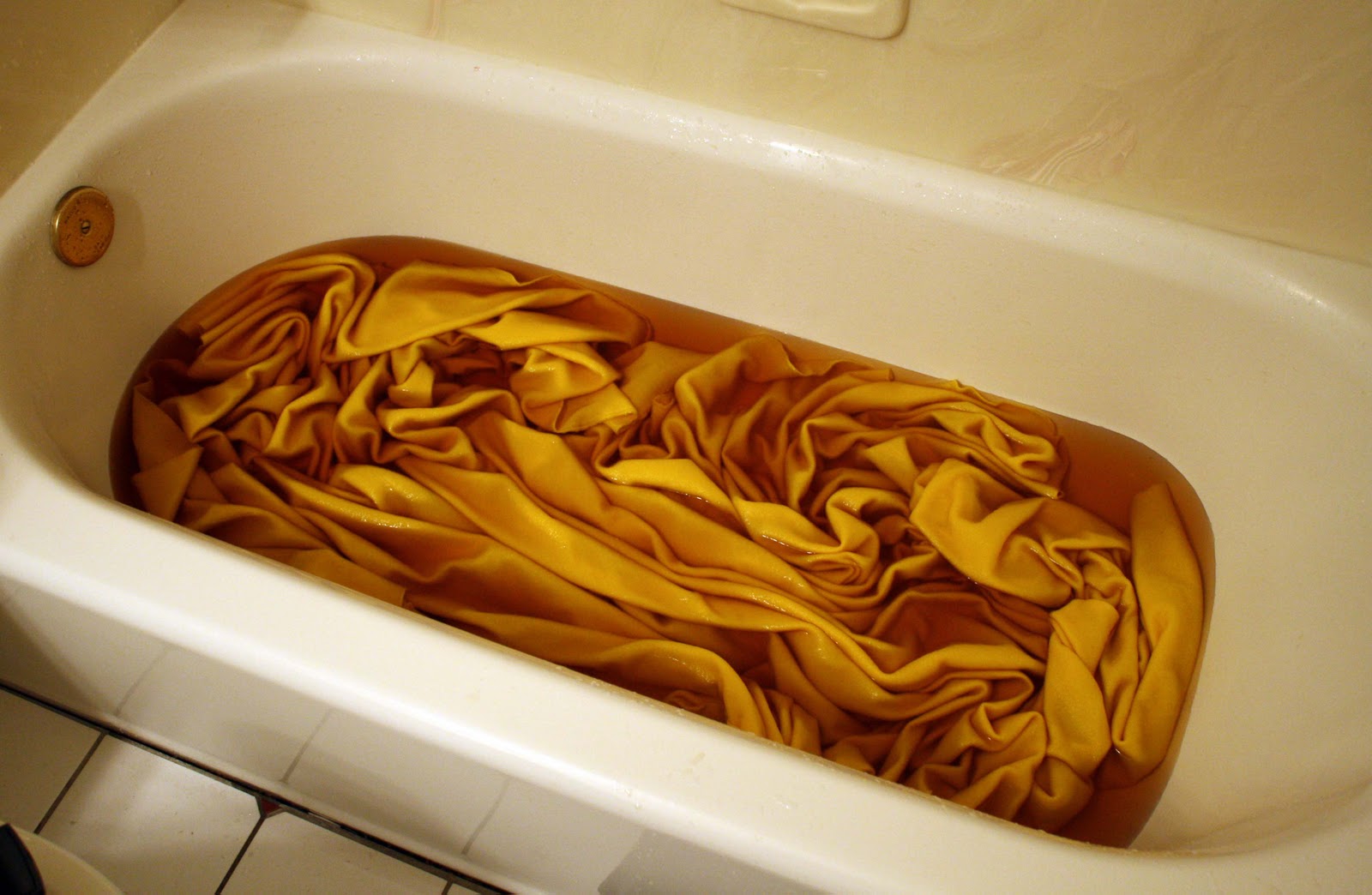


0 thoughts on “How To Get Hair Dye Off Sink”